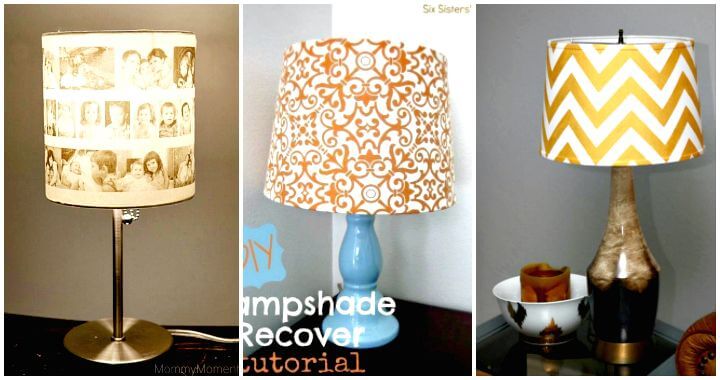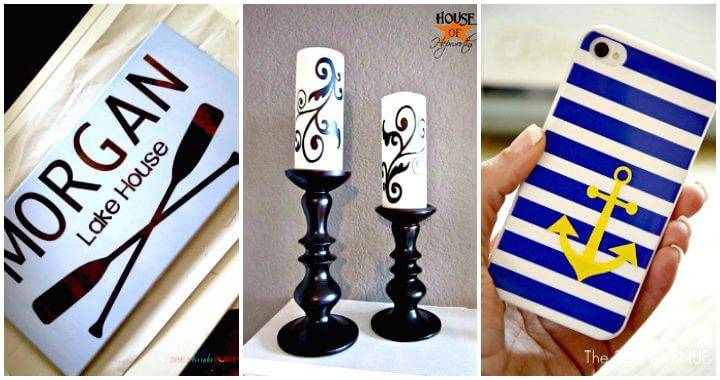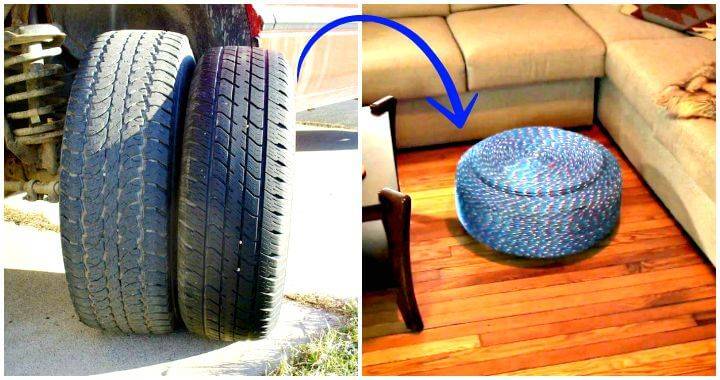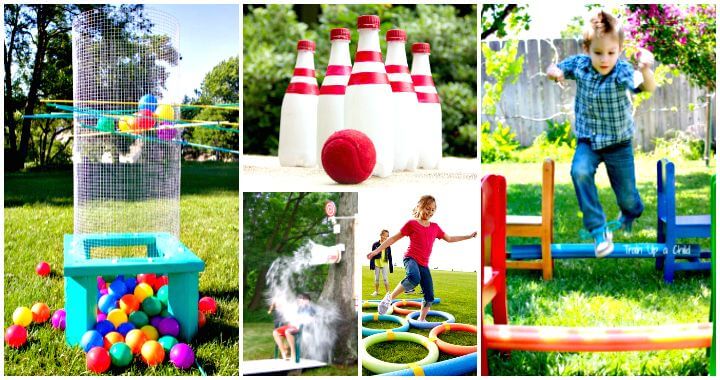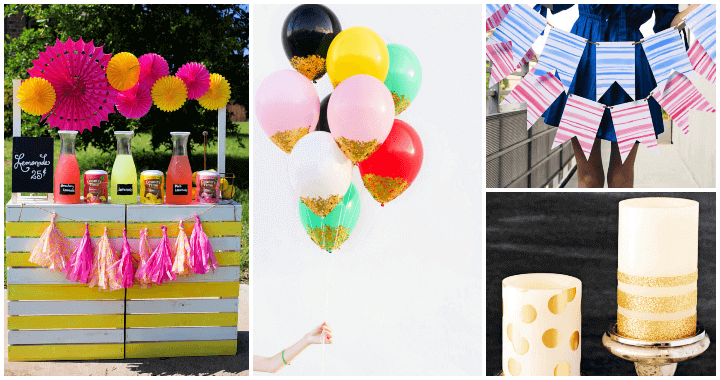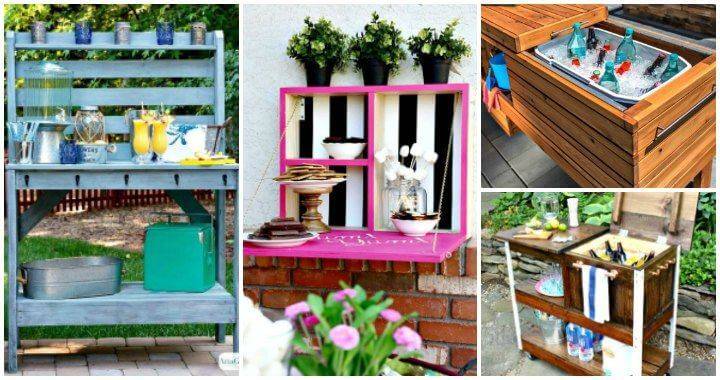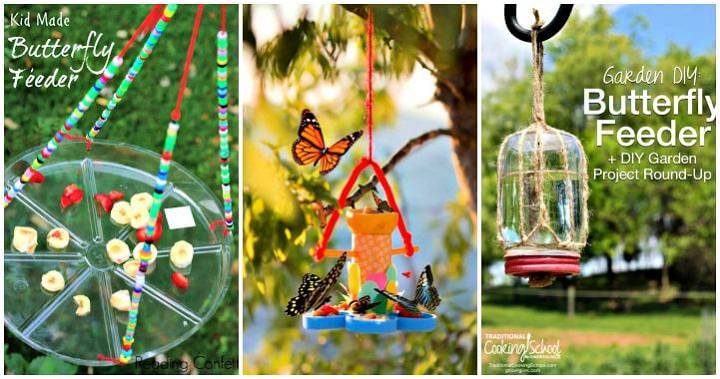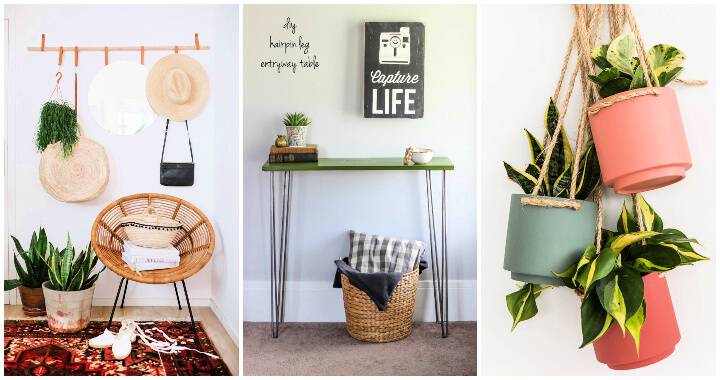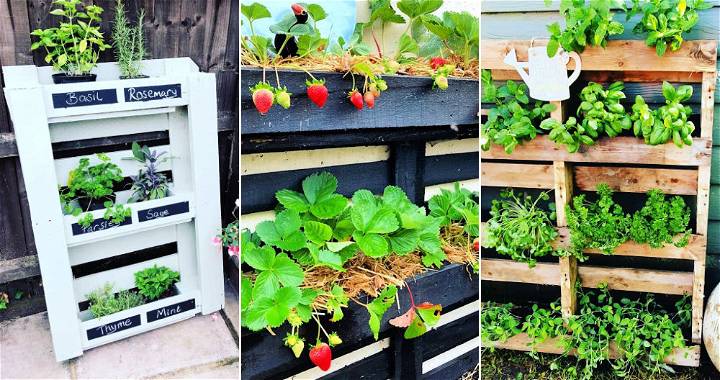Driftwood is a great addition to any aquarium. It not only looks great, but it also provides a natural habitat for your fish. Here we'll take a look at the best types of driftwood for aquariums and how to use them.
There are many different types of driftwood available on the market, but not all of them are suitable for aquariums. The best type of driftwood for aquariums is mangrove driftwood. Mangrove driftwood is a dense, sturdy wood that doesn't float. It's also rich in tannins, which can help to lower the pH of your aquarium water.
When choosing driftwood for your aquarium, make sure to select a piece that is the right size for your tank. Driftwood can be very heavy, so choosing a piece that won't overwhelm your tank is necessary.
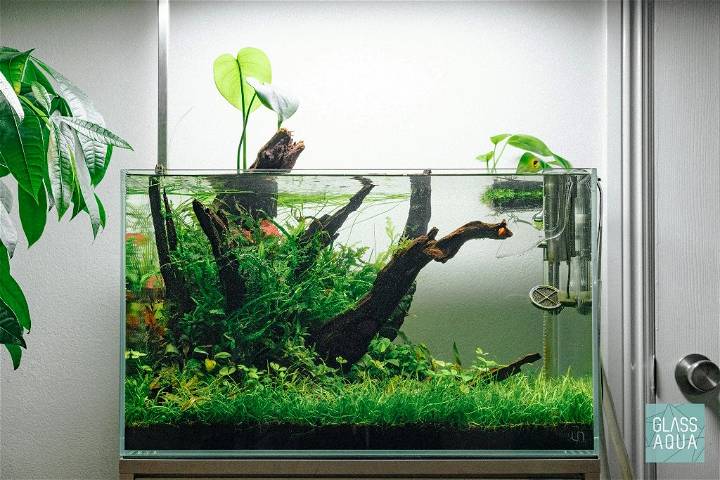
What is driftwood?
Driftwood is a type of wood washed up on shore by the tides or currents. It is often weathered and worn, making it ideal for aquariums. Driftwood can provide a natural look to your fish tank and a place for your fish to hide and explore. There are many different types of driftwood available, so it's important to choose one suitable for your aquarium.
Driftwood comes in various shapes and sizes, so it's important to choose one that will fit in your aquarium. It's also important to consider the type of fish you have when choosing driftwood, as some species may nibble on it.
When choosing driftwood for your aquarium, it's important to soak it in water for a few weeks before adding it to your tank. This will help to remove any toxins that may be present in the wood. Once your driftwood is ready to go, simply add it to your aquarium and enjoy the natural look it provides.
Why use driftwood in an aquarium?
There are many reasons why you might want to use driftwood in your aquarium. First, it can provide a natural habitat for your fish. Driftwood can also help to oxygenate the water and provide shelter for your fish. Additionally, driftwood can help absorb excess nutrients from the water, which can benefit plant growth.
What color is driftwood?
While the colors of driftwood can vary depending on the type of wood and where it was sourced, most driftwood has a dark brown or grey color. This dark hue is due to the tannins in the wood, which can also leach into the water and discolor it. If you're concerned about the water in your aquarium, it's best to choose driftwood that has been pre-soaked and/or treated to minimize leaching.
What are the best types of driftwood for aquariums?
There are many different types of driftwood available, but not all of them are suitable for use in an aquarium. The best type of driftwood for an aquarium is mangrove wood. This type of wood is very dense and will sink to the bottom of your tank. Additionally, mangrove wood is rich in tannins, which can help to lower the pH of your aquarium water. See this list of aquarium safe wood:
Mangrove Driftwood
Mangrove driftwood is the best type of driftwood for aquariums. It is dense and will sink to the bottom of your tank.
Mangrove wood is rich in tannins, which can help to lower the pH of your aquarium water. This can be beneficial for fish that prefer lower pH levels.
If you're interested in using driftwood in your aquarium, be sure to purchase mangrove wood. This type of driftwood is the best for aquariums and will provide many benefits for your fish.
1. Bogwood
Bogwood is another type of driftwood that can be used in an aquarium. This bogwood is not as dense as mangrove wood and will float if not properly secured. Bogwood is also rich in tannins and will help to lower the pH of your aquarium water.
2. Driftwood Roots
Driftwood roots are another option for aquarium decoration. The Driftwood roots can be very dense, making them ideal for anchoring plants. Driftwood roots are also rich in tannins and will help to lower the pH of your aquarium water.
3. Driftwood branches
Driftwood branches are a good option for aquarium decoration. The driftwood branches can provide shelter and hiding places for fish. Driftwood branches are also rich in tannins and will help to lower the pH of your aquarium water.
4. Mopani Wood
This is a great choice for aquariums because it is very dense and sinks to the bottom. It also releases tannins, which can help to lower the pH of your aquarium water.
5. Cholla Wood
Cholla wood is another type of driftwood that can be used in an aquarium. This type of wood is very light and will float if not weighted down. Cholla wood is also rich in tannins and will help to lower the pH of your aquarium water.
6. Redmoor Root
Redmoor Root Wood is another good choice for driftwood in an aquarium. This type of wood is also dense and will sink to the bottom of your tank. Redmoor root wood is known for its bright red coloration. Additionally, redmoor root wood is also rich in tannins like mangrove wood.
7. Manzanita
Manzanita driftwood is another popular type of driftwood for aquariums. The manzanita driftwood is very dense and will sink to the bottom of your tank. Additionally, manzanita driftwood is rich in tannins, which can help to lower the pH of your aquarium water.
8. Jangle Wood
Jangle wood is a type of driftwood that is often used in aquariums. This type of wood is very dense and will sink to the bottom of your tank. Additionally, jangle wood is rich in tannins, which can help to lower the pH of your aquarium water. Jangle wood is a great choice for aquariums because it is very dense and will sink to the bottom of your tank.
9. Spider Wood
Spider Wood is a great type of driftwood for an aquarium. It sinks to the bottom of your tank and is very dense. Spider Wood is rich in tannins and will tint your water a yellow/brown color. This is not harmful to your fish or plants, but it can be unsightly. If you don't like the color, you can soak your wood in a bucket of water for a week or two to leach out the tannins. Spider Wood can be a little tricky to find. Your best bet is to search online or go to a local fish store.
10. Malaysian Driftwood
Malaysian Driftwood is a perfect way to create an underwater landscape in your aquarium. It is also known as "Mangrove Wood" and is very popular in saltwater aquariums.
Mangrove wood is essential for many reef aquariums as it provides a place for corals to attach and grow. It also provides shelter for many small fish and invertebrates.
Mangrove wood is very dense and will sink quickly to the bottom of your aquarium. It is important to soak the wood in freshwater for at least 24 hours before adding it to your aquarium. This will help to remove any toxins that may be present in the wood.
Mangrove wood can be bought at most pet stores or online.
Once you have your piece of wood, you can start to create your own underwater landscape. Aquascaping with driftwood is a great way to add interest and dimension to your aquarium.
11. Tiger Wood (Rhipsalis baccifera)
One of the more common driftwood varieties you'll find for sale, Tiger wood is a great choice for aquascaping. It has a distinctive appearance, with long, thin branches that zag in every direction.
Tiger wood is light driftwood, which makes it easy to work with. It's also very slow-growing, so it won't outpace the growth of your aquarium plants.
To keep in mind with Tiger wood is that it can leach tannins into the water, so it's best to soak it for a few weeks before adding it to your tank.
12. Pacific Wood
Pacific wood is beautiful, light-colored driftwood that comes in various shapes and sizes. It's a great addition to any aquarium, and it's safe for both fresh and saltwater tanks.
Pacific wood is a fast-growing tree, so it's a sustainable choice for your aquarium. It's also very easy to find, so you shouldn't have any trouble finding it at your local pet store.
13. Saba Wood
If you're looking for driftwood that's both beautiful and safe for your aquarium, saba wood is a great option. This type of wood is often used in decorative aquariums and terrariums because of its unique shape and color. Saba wood is dark brown or black, and it has a very dense grain. This makes it durable and long-lasting, which is ideal for an aquarium setting.
Saba wood is also safe for aquarium use because it is not treated with any chemicals or toxins. It's a natural product that won't harm your fish or plants. Saba wood is a good choice for both saltwater and freshwater aquariums.
14. Bonsai Trees
If you're looking for a truly unique and interesting piece of driftwood for your aquarium, then you may want to consider using a bonsai tree. These miniature trees are actually created by growers who carefully trim and shape them into beautiful works of art.
While you may not be able to find a bonsai tree that's specifically designed for use in an aquarium, you can certainly find ones that would work well. Just make sure that you choose a species that won't grow too large, and that you don't use any chemicals or fertilizers on the tree.
15. Tree Root Driftwood
If you want to add some real flair to your aquarium, then tree root driftwood is a great option. These pieces are typically long and thin, with many gnarled roots and branches.
Tree root driftwood can be difficult to find, but it is well worth the search. These pieces are not only visually stunning, but they also provide a great place for fish to hide and explore.
When choosing tree root driftwood, it is important to select a piece that is lightweight and easy to handle. Many of these pieces are quite fragile, so you will need to be careful when moving them around.
It is also important to choose a piece that has been properly processed and cured. This will help to prevent any unwanted bacteria or algae from growing in your aquarium.
16. Marsh Root
Marsh Root is another great option for driftwood in your aquarium. It has a very similar appearance to mangrove wood, but it is not as dense. Marsh root will float in your aquarium unless it is weighed down, so you will need to use rocks or other heavy objects to keep it in place. Like mangrove wood, marsh root is also rich in tannins and will help to lower the pH of your aquarium water.
How to use driftwood in an aquarium?
When using driftwood in your aquarium, it's important to soak it in water for several days before adding it to your tank. This will help to remove any harmful toxins that could be harmful to your fish.
It's also good to boil the driftwood for 30 minutes before adding it to your aquarium. This will help to kill any bacteria or parasites that may be present on the wood.
Once your driftwood is ready to go, you can add it to your aquarium. It's a good idea to place the driftwood in the middle or back of the tank so that your fish can have plenty of swimming space. You can also use aquarium rocks or gravel to anchor the driftwood in place.
Driftwood can make a great addition to any aquarium and can provide your fish with a natural hiding place. Be sure to follow these tips to ensure that your driftwood is safe for your fish tank.
Where to find driftwood?
If you're looking for driftwood to add to your aquarium, there are a few places you can look. Your local pet store is a good place to start, as they may sell driftwood specifically for use in fish tanks. You can also check online retailers or specialty stores that sell aquarium supplies. Finally, you may be able to find driftwood at a local garden center or home improvement store.
What type of driftwood is best for aquariums?
Not all types of driftwood are suitable for use in aquariums. The best type of driftwood to use is "aquarium-safe" driftwood that has been specifically treated for use in fish tanks. This type of driftwood is typically safe for both fish and plants, and it won't release any harmful chemicals into the water.
How to make driftwood safe for Aquarium?
Learn how to prepare driftwood for the aquarium! If you're looking to add driftwood to your aquarium, it's important to ensure that it is safe for fish and plants. The best way to do this is to soak the driftwood in water for several days, boil it for 30 minutes, or purchase "aquarium-safe" driftwood from a pet store or online retailer. By taking these precautions, you can help to ensure that your driftwood is safe for your fish tank.
How to clean driftwood for Aquarium?
Bl driftwood is the way to go if you're looking to add some character and natural beauty to your fish tank. It looks great, but it also provides a place for your fish to hide and play. But before you go out and buy just any piece of driftwood, there are a few things you need to know.
driftwood can be a great addition to your fish tank, but not all types are created equal. Some types of driftwood can release toxins that can harm your fish, while others simply won't hold up well in the water. To make sure your fish are safe and your tank looks its best, here's what you need to know about the best and safest types of driftwood for your aquarium.
The first step in choosing the best type of driftwood for your tank is to avoid any that have been treated with chemicals. This includes driftwood that has been bleached or painted. These chemicals can be released into the water, harming your fish.
Instead, look for driftwood that is labeled "aquarium safe" or "reef safe." These pieces have been treated to make them safe for use in fish tanks.
Where to buy driftwood for the aquarium?
You can find driftwood for sale at many pet stores and online retailers. When choosing driftwood for your aquarium, it's important to select a piece that is the appropriate size and shape for your tank. It's also important to make sure the wood is safe for your fish and will not affect the water quality.
Driftwood can be a great addition to your aquarium, providing both visual interest and a place for your fish to hide and explore. But it's important to choose the right piece of driftwood for your tank. Here are some tips on how to select aquarium driftwood.
Size and shape
When choosing driftwood for your aquarium, it's important to select a piece that is the appropriate size and shape for your tank. The wood should not be too large or too small for the space. It should also be stable and not likely to topple over.
Driftwood comes in a variety of shapes and sizes. Some pieces are long and slender, while others are short and stout. Choose a piece that will fit well in your aquarium and won't overwhelm the space.
Safety
It's important to make sure the driftwood you select is safe for your fish and will not affect the water quality. Driftwood can release tannins and other chemicals into the water, which can be harmful to your fish.
Soak the driftwood in water for several weeks before adding it to your aquarium. This will help to remove any harmful chemicals from the wood.
You can also boil the driftwood for about an hour to sterilize it and remove any potential toxins. Let the wood cool completely before adding it to your tank.
How to preserve driftwood for aquarium?
Driftwood is a very popular addition to many aquariums. It can provide an interesting and natural-looking landscape for your fish to swim in and around. Driftwood can also help to provide some shelter and hiding places for your fish.
However, not all driftwood is created equal. Some types of driftwood may release harmful toxins into your aquarium water, which can be harmful to your fish.
So, what is the best and safest type of driftwood for your aquarium?
The best type of driftwood for your aquarium is driftwood which has been specifically treated and designed for use in aquariums. This type of driftwood has been kiln-dried, which removes any harmful toxins and bacteria that could be present.
Additionally, this type of driftwood is also safe for use in saltwater aquariums.
When choosing driftwood for your aquarium, it is important to select pieces that are the appropriate size for your tank. Driftwood that is too large can create too much of a current in your tank, which can be stressful for your fish.
Driftwood that is too small may not provide enough surface area for beneficial bacteria to grow on, leading to poor water quality.
When adding driftwood to your aquarium, it is important to rinse it thoroughly with dechlorinated water before adding it to your tank. This will remove any dust or debris present on the driftwood.
Once your driftwood is in your aquarium, you may notice that it releases tannins into the water. Tannins can cause the water to turn yellow or brown and lower your water's pH level.
However, tannins are not harmful to your fish and will eventually be absorbed by your aquarium filter.
If you don't want the water in your aquarium to turn yellow or brown, you can soak your driftwood in dechlorinated water for several hours before adding it to your tank. This will help to release the tannins into the water before they have a chance to stain your aquarium.
Where to find driftwood near me?
There's no need to search far and wide for driftwood to use in your aquarium. You can find driftwood at many pet stores, as well as online. When shopping for driftwood, make sure to look for pieces that are free of chemicals and pesticides. You can also find driftwood at some home improvement stores.
How to make wood look like driftwood?
If you're looking for a more budget-friendly option, or you simply can't find any driftwood to buy, don't worry - you can always create your own! All you need is some wood, some tools, and a little bit of creativity.
To start, you'll need to find a piece of wood that's the right size and shape for your aquarium. Once you have your wood, you'll need to clean it thoroughly to remove any dirt, debris, or chemicals that could be harmful to your fish.
After your wood is clean, you'll need to start the aging process. This can be done by soaking the wood in water for a few days, or by boiling it for 30 minutes.
Once your wood is ready, it's time to start adding the driftwood look. The easiest way to do this is by using a dark stain or paint. You can also add moss or lichen to the wood to give it a more natural look.
Once you've added the driftwood look to your wood, it's time to add it to your aquarium! Simply place the wood in the tank and arrange it how you want. Be sure to anchor the wood down so it doesn't float away.
And that's it! Now you have your own driftwood for your aquarium. Just be sure to monitor your fish closely for the first few days after adding the new wood, as it may take them a little time to adjust to their new environment.
How long to boil driftwood to remove tannins?
You'll need to boil your driftwood for at least an hour to remove the tannins. If you have a larger piece of driftwood, you may need to boil it for longer. Check the water level often and top it off as needed so that your driftwood doesn't burn.
After boiling, you'll need to soak your driftwood in clean water for at least a week before adding it to your aquarium. This will help to remove any remaining tannins and prevent them from leaching into the water.
Conclusion:
These are a few things to keep in mind when choosing the right driftwood for your fish tank:
- Make sure that the wood is 100% natural and has not been treated with any chemicals or pesticides.
- Choose a piece that is the right size for your aquarium.
- Consider the type of fish you have and their specific needs.
With these aquarium driftwood tips in mind, you should be able to find the best and safest driftwood for your fish tank. Remember to take your time and do your research to ensure that you provide your fish with the best possible environment.


